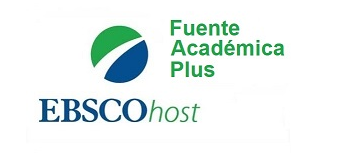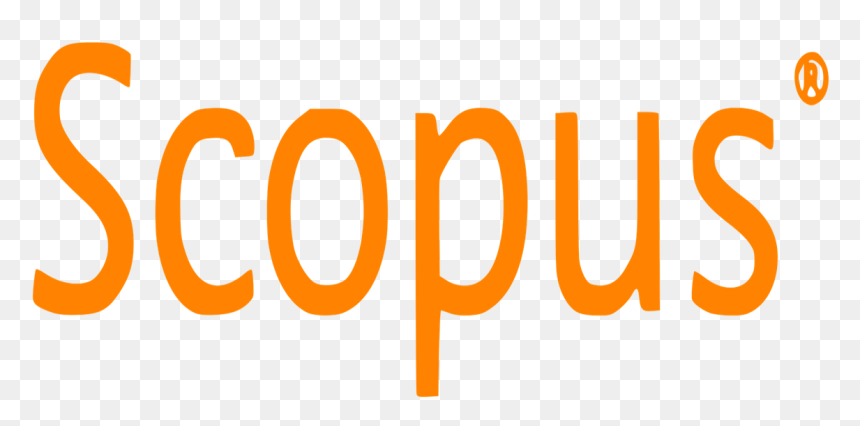City of the Future - Desired Landscape
DOI:
https://doi.org/10.17981/mod.arq.cuc.25.1.2020.02Keywords:
landscape, history, technology, futureAbstract
The moments in history in which the future-hope relationship became more relevant coincided with great technological changes. This is how it is observed from the XV century with the appearance of the ideal cities and the Utopia, then with the Industrial Revolution and the proposals of the utopian socialists and already in the XX century, the modern movement in architecture and urbanism, perhaps the humanity's last great utopia, to culminate in the last stage of this movement, in the shadow of space technology. The look at the present time is developed from the reflections of Pierre Levy and Michel Serres, announcing a future city in the context of knowledge and communication.
Downloads
References
Banham, R. (1965). Archigram. Art in America, Ed April.
Banham, R. & Price, C. (1960). Achigram. The Architects Journal.
Bradbury, R. (1989). Crónicas marcianas. Buenos Aires: Minotauro.
Brotton, J. (2014). Historia del mundo en 12 mapas. Barcelona: Debate.
Clarke, A. C. (1968). 2001, Una Odisea Espacial. Barcelona: Plaza & Janés.
CIAM. (1957). La Carta de Atenas: el urbanismo de los CIAM : congresos internacionales de arquitectura moderna. Buenos Aires: Contémpora.
Doménico, P. (2012). Inteligencia colectiva según Pierre Levy. urbanohumano.org [blog]. Disponible en https://www.urbanohumano.org/blog/2012/06/24/inteligencia-colectiva-pierre-levy/
Harbou, T. (1977). Metrópolis. Barcelona: Orbis.
Jencks, Ch. (1973). Modern Movements in Architecture. London: Penguin Books.
Kishi, W. (1996). Historia y contemporaneidad en la era moderna. El Cróquis, 2(77), 6–17. Disponible en https://elcroquis.es/products/n-77-kazuyo-sejima-archivo-digital
Kristeva, J. (1985). Travesía de los signos. Madrid: La Aurora.
Le Corbusier. (1964). Hacia una arquitectura. Buenos Aires: Poseidón.
Lévy, P. (2004). Inteligencia colectiva. Por una antropología del ciberespacio. Washington, DC: BVS. BIREME. OPS. OMS. Disponible en http://inteligenciacolectiva.bvsalud.org/public/documents/pdf/es/inteligenciaColectiva.pdf
Owen, R. (1817). Report to the Committee of the Association for the Relief of the Manufacturing and Labouring Poor, referred to the Committee of the House of Commons on the Poor Laws. Londres: Watts R.
Pérgolis, J. C. (2005). Ciudad express. Arquitectura, literatura y ciudad. Buenos Aires: Nobuko.
Pérgolis, J. C. (1998). Bogotá fragmentada. Bogotá, D.C.: TM Editores & Universidad Piloto de Colombia.
Ribeiro, D. (1976). El proceso civilizatorio, de la revolución agrícola a la termonuclear. México, D.F.: Extemporáneos.
Rosenau, H. y Hudnut, J. (1962). Utopia y realidad en la ciudad del renacimiento. Buenos Aires: Ediciones 3.
Sarlo, B. (2010). Tiempo Presente: notas sobre el cambio de una cultura (2 ed.). Bogotá, D.C.: Siglo Veintiuno.
Serres, M. (1995). Atlas. Madrid: Cátedra.
Norberg-Schulz, C. (1975). Existencia, espacio y arquitectura. Madrid: Blume.
Venturi, R., Izenour, S. y Scott, D. (1978). Aprendiendo de Las Vegas. El simbolismo olvidado de la forma arquitectónica. Barcelona: Gustavo Gili.

Published
How to Cite
Issue
Section
License
Copyright (c) 2020 MÓDULO ARQUITECTURA CUC

This work is licensed under a Creative Commons Attribution-NonCommercial-NoDerivatives 4.0 International License.
CC Reconocimiento-NoComercial-SinObrasDerivadas 4.0


 English
English
 Español (España)
Español (España)






